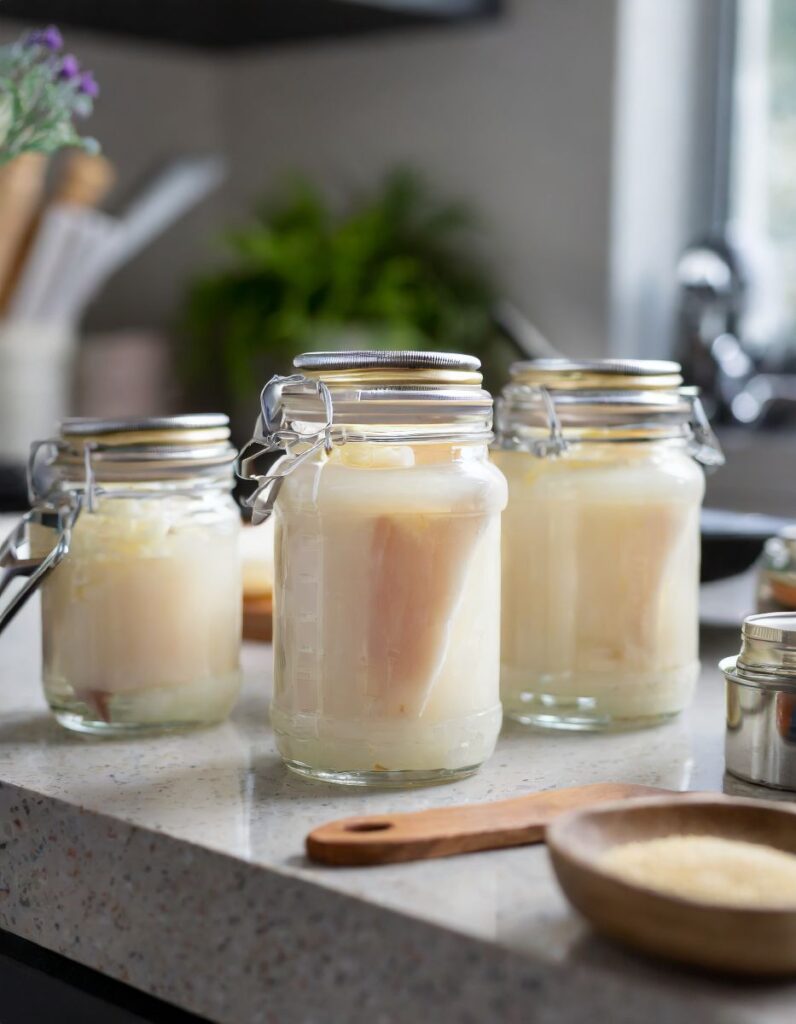
In the realm of cooking fats, lard holds a unique position. This animal-derived fat has been a staple in kitchens for generations, although its popularity has waxed and waned over the years. Lard is made from the rendered fat of pigs and can come in different grades depending on its source and processing technique.
Traditionally revered for its high smoke point and ability to create flaky pastries and crispy fried foods, lard is experiencing a renaissance among chefs and home cooks alike who value its flavor and versatility.
Understanding Lard and Its Production
Lard is rendered pork fat, the product of a process that melts and clarifies the fat from the pig’s belly, rear, or around the kidneys. The final product can range from soft and spreadable to hard and brittle, depending on the origin of the fat and the method of rendering. There are primarily two types of lard: leaf lard, which is higher in quality and is derived from the fat around the kidneys and inside the loin, and standard lard, which can come from various parts of the pig and may have a more pronounced pork flavor.
1. Leaf Lard: This is the highest quality of lard and is prized by bakers, particularly for use in pie crusts and pastry because of its subtle flavor and ability to create a light, airy texture.
2. Regular Lard: This is rendered from a mixture of fat sources and is often used for general cooking purposes.
Health Aspects of Lard
Please Head On keep on Reading (>)

